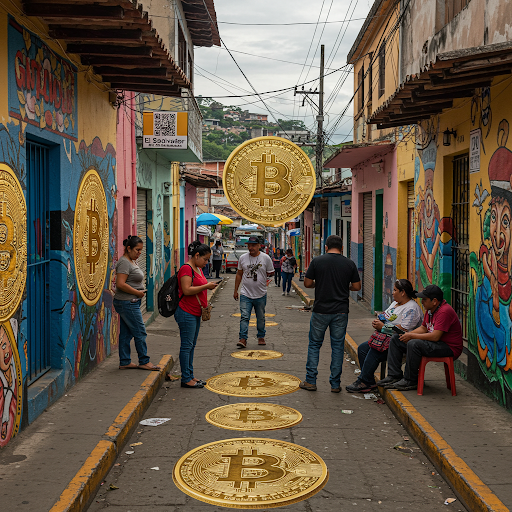
The dollar is on pace for its worst performance during the first 100 days of a US presidency since Richard Nixon was in the White House as Donald Trump imposes tariffs and attempts to reshape global trade.
Trump’s trade policy — aimed at rejuvenating domestic manufacturing, shoring up the industrial base and improving national security — has pushed investors into assets outside of the US. That’s led to a weakening in the greenback and lifted other currencies alongside gold.
Meanwhile, data this week showed China remains dependent on foreign demand and South Korean exports to the US declined this month. Government forecasts pointed to a German economy that will struggle to expand this year.
U.S. & Canada
A dollar gauge is on track for its worst performance during the first 100 days of a US presidency in data going back to the Nixon era, when America abandoned the gold standard and switched to a free-floating exchange rate. The US dollar index has lost about 9% between Jan. 20 — when Trump returned to the White House — and April 25, putting it on course for the biggest loss through the end of the month since at least 1973.
Forecasters see the US economy taking a hit from Trump’s trade policy. The economy is set to expand 1.4% in 2025, according to the latest Bloomberg survey of economists, compared with 2% in last month’s poll. The median respondent now sees a 45% chance of a downturn in the next 12 months, up from 30% in March.
Canada’s next prime minister is set to inherit a half-year of flat economic growth, economists predict, an immediate test of their governance as President Donald Trump’s trade war grinds business investment and exports lower.
Asia
China’s stronger-than-expected growth in the first quarter masks a key vulnerability: a growing dependence on foreign demand, which increases the threat of a sharper economic hit as trade tensions soar. The strong contribution from trade also shows how fragile the domestic economy remains as it faces pressure from deflation, sluggish consumer demand and a prolonged property slump.
Service prices among businesses in Japan stayed elevated last month, indicating sustained inflationary pressures before the impact from US tariffs kicks in, as the Bank of Japan prepares to set policy next week.
South Korea’s preliminary April trade data gave an early glimpse of how US policies could dent shipments of export-reliant economies. It showed outbound shipments to the US and China were down 14.3% and 3.4%, respectively, while exports to the European Union and Taiwan were up.
Europe
Germany will probably fail to generate even minimal economic growth this year, according to revised government forecasts, a reminder of the scale of the challenge facing conservative Chancellor-in-waiting Friedrich Merz when he takes office next month. Gross domestic product will likely stagnate after shrinking the previous two years. Government economists previously expected expansion of 0.3% this year.
European car sales returned to growth last month for the first time since December, with gains in the UK and robust demand for electric vehicles making up for weaker sales in Germany and France. Demand in Italy and Spain was also strong.
Emerging markets
Kenya’s economy is set to surpass Ethiopia’s to become East Africa’s largest this year, the International Monetary Fund said, after the birr was devalued. The fund estimates Kenya’s gross domestic product will be $132 billion in 2025, higher than Ethiopia’s $117 billion.
Brazil’s annual inflation accelerated to the highest level since mid-February 2023 in a report coming days after central bank directors assured investors that tight monetary policy is working.
World
The International Monetary Fund sharply lowered its forecasts for world growth this year and next, warning the outlook could deteriorate further as US President Donald Trump’s tariffs spark a global trade war. The IMF cut its projection for global output growth this year to 2.8%, which would be the slowest expansion of gross domestic product since 2020. It would also be the second-worst figure since 2009.
California Governor Gavin Newsom boasted that his state has become the world’s fourth-largest economy, following only the US, China and Germany in global rankings. The state’s nominal gross domestic product reached $4.1 trillion last year, edging past Japan’s $4.02 trillion, Newsom said in a statement, citing newly released IMF country-level data and preliminary state data from the US Bureau of Economic Analysis.
Central banks in Indonesia, Paraguay, Russia and Uzbekistan all kept interest rates unchanged this week.
This story was originally featured on Fortune.com















